
Deutsch-Chinesische Enzyklopädie, 德汉百科
 Croatia
Croatia
 FIFA Fussball-Weltmeisterschaft 2014
FIFA Fussball-Weltmeisterschaft 2014
 FIFA Fussball-Weltmeisterschaft 2018
FIFA Fussball-Weltmeisterschaft 2018
 Group D
Group D
 FIFA Fussball-Weltmeisterschaft 2022
FIFA Fussball-Weltmeisterschaft 2022
 FIFA Fussball-Weltmeisterschaft 2022
FIFA Fussball-Weltmeisterschaft 2022
 Group F
Group F
 UEFA European Championship 2016
UEFA European Championship 2016
 UEFA European Championship 2020
UEFA European Championship 2020
 Group E
Group E

 UEFA European Championship 2024
UEFA European Championship 2024
 Croatia
Croatia

 Sport
Sport
 (F)UEFA Nations League
(F)UEFA Nations League
 UEFA Nations League
UEFA Nations League
 UEFA Nations League A - Group 4
UEFA Nations League A - Group 4




 Belgium
Belgium
 Germany
Germany
 Finland
Finland
 France
France
 Greece
Greece
 Italy
Italy
 Croatia
Croatia
 Lithuania
Lithuania
 Netherlands
Netherlands

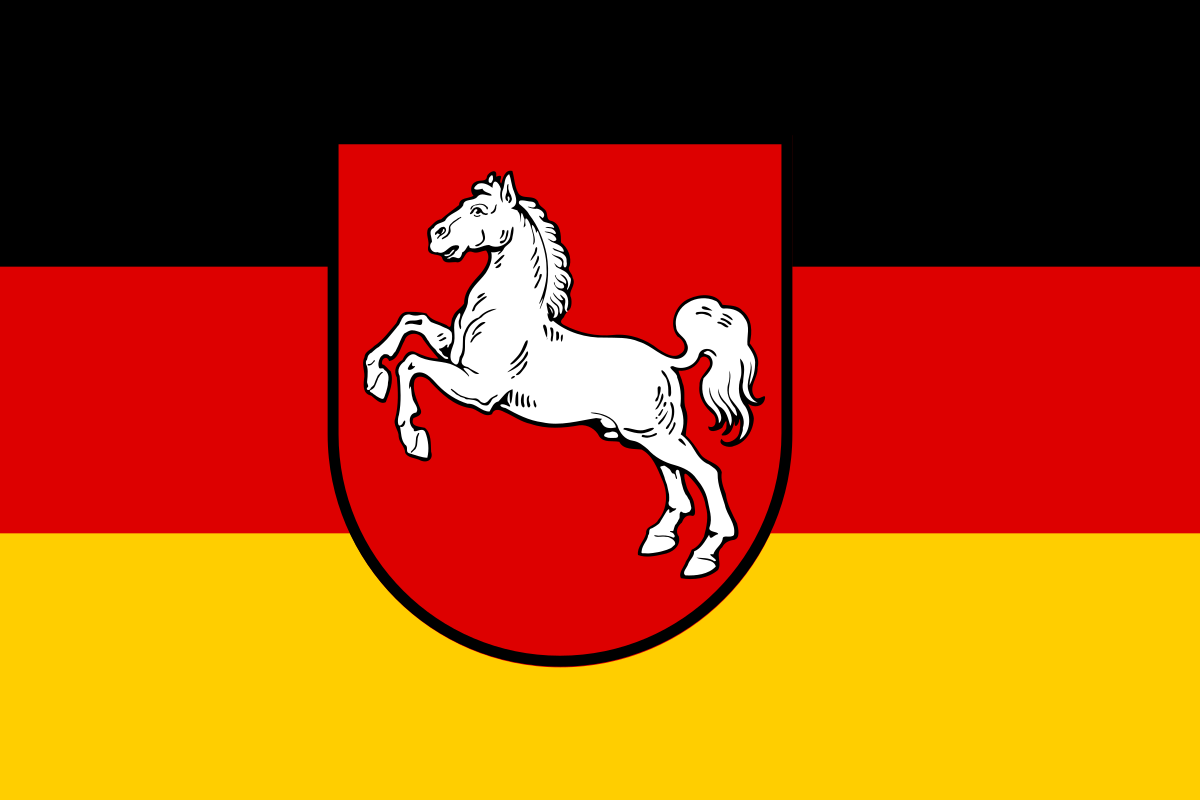 Lower Saxony
Lower Saxony
 Norwegen
Norwegen
 Poland
Poland
 Portugal
Portugal

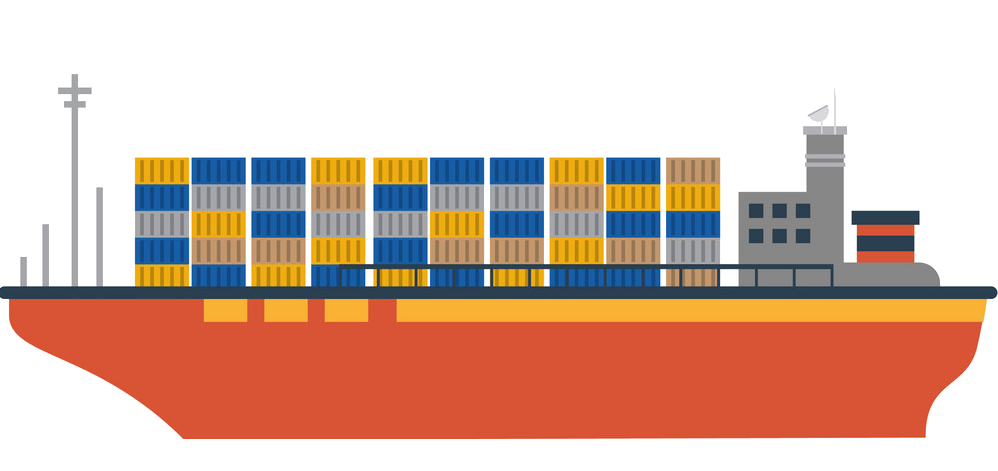 Ships and Nautics
Ships and Nautics

 Ships and Nautics
Ships and Nautics
 Gas carrier, LPG tanker
Gas carrier, LPG tanker

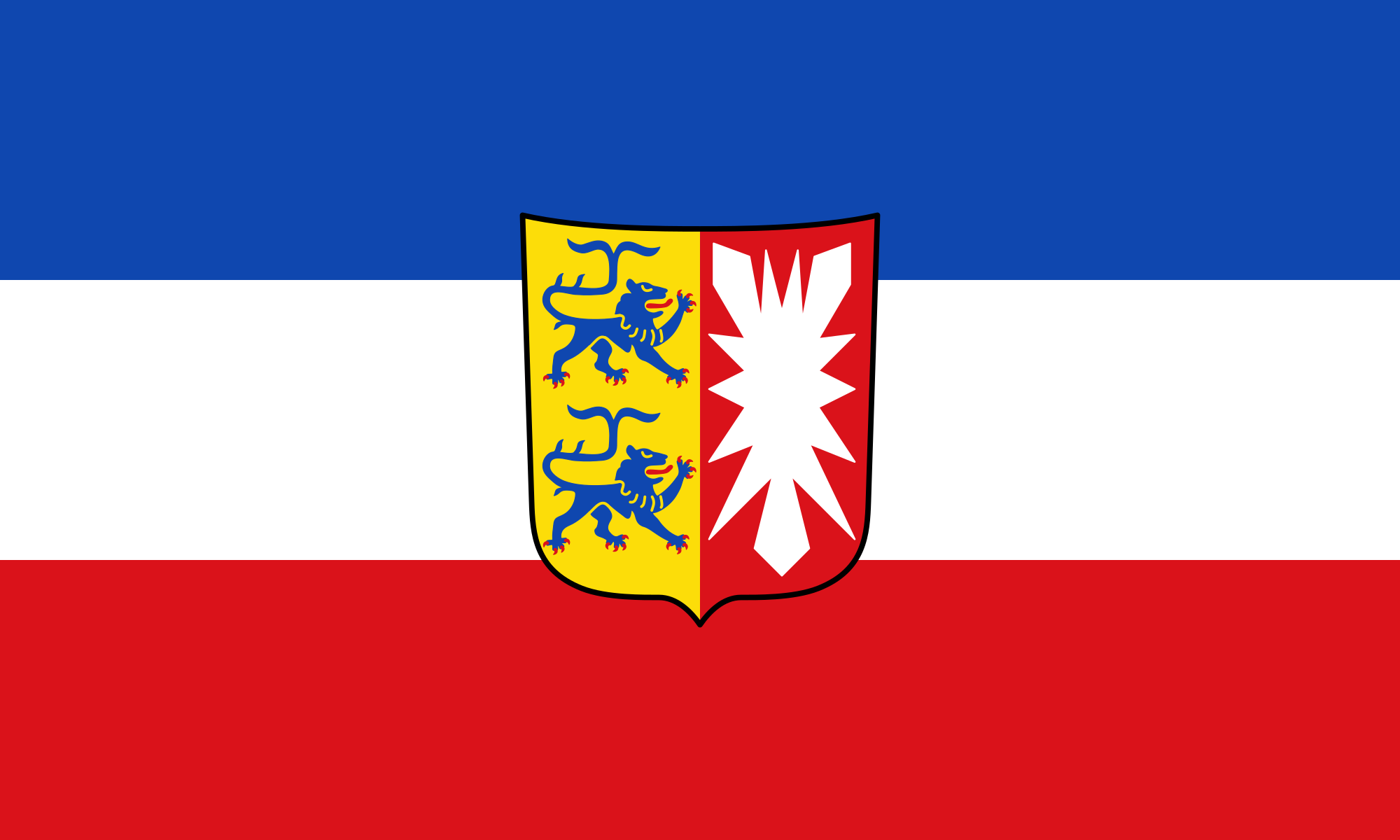 Schleswig-Holstein
Schleswig-Holstein
 Sweden
Sweden
 Spain
Spain
 Turkey
Turkey
 United Kingdom
United Kingdom

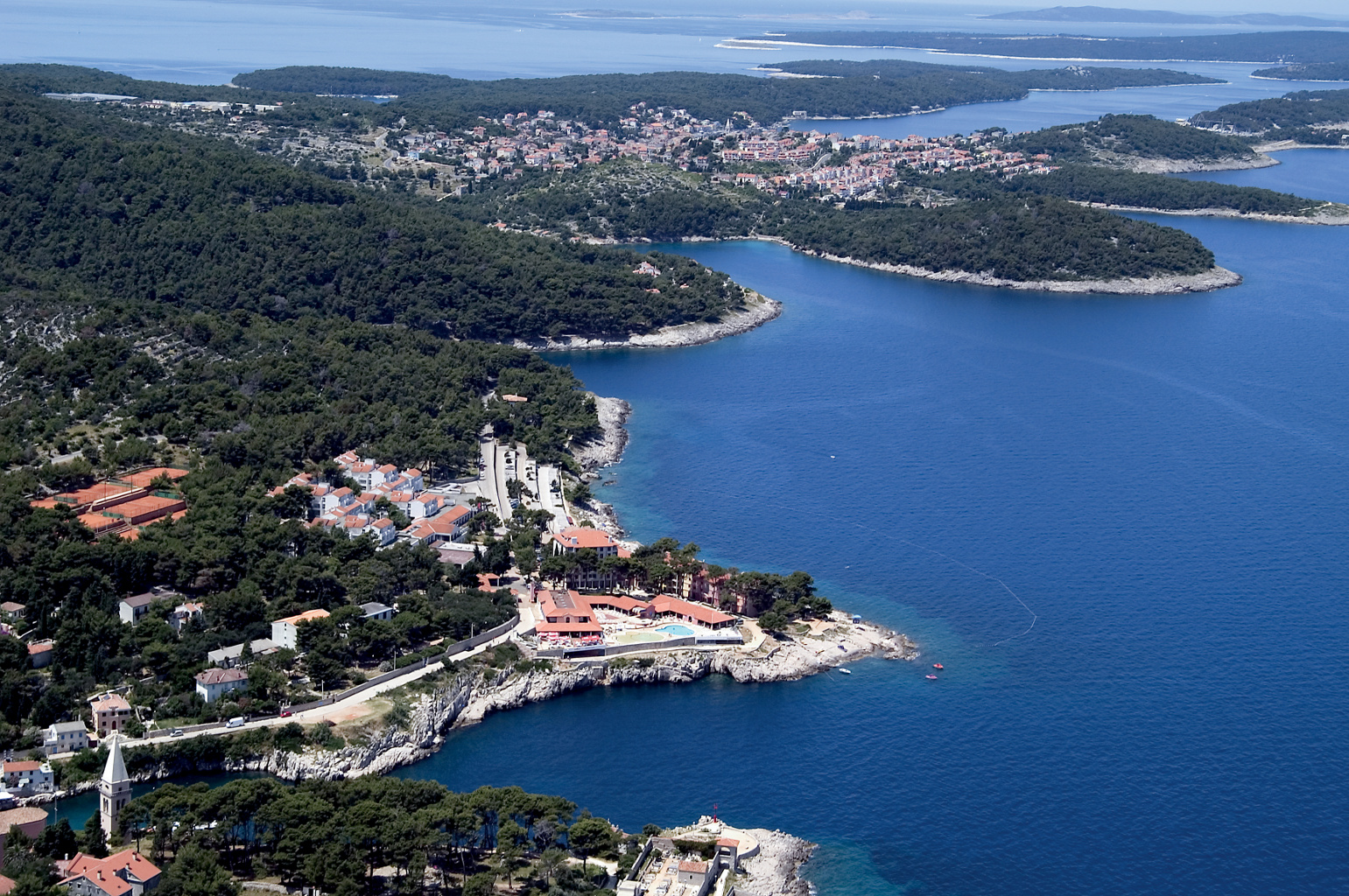
 *Mediterranean Sea
*Mediterranean Sea
 Egypt
Egypt
 Albania
Albania
 Algeria
Algeria
 Amber Road
Amber Road
 Bosnia Herzegovina
Bosnia Herzegovina
 France
France
 Gibraltar
Gibraltar
 Greece
Greece
 Israel
Israel
 Italy
Italy
 Croatia
Croatia
 Libanon
Libanon
 Libya
Libya
 Malta
Malta
 Malta
Malta
 Monaco
Monaco
 Montenegro
Montenegro
 Palestine
Palestine

 Review
Review
 Slovenia
Slovenia
 Spain
Spain
 Syria
Syria
 Tunisia
Tunisia
 Turkey
Turkey
 Cyprus
Cyprus

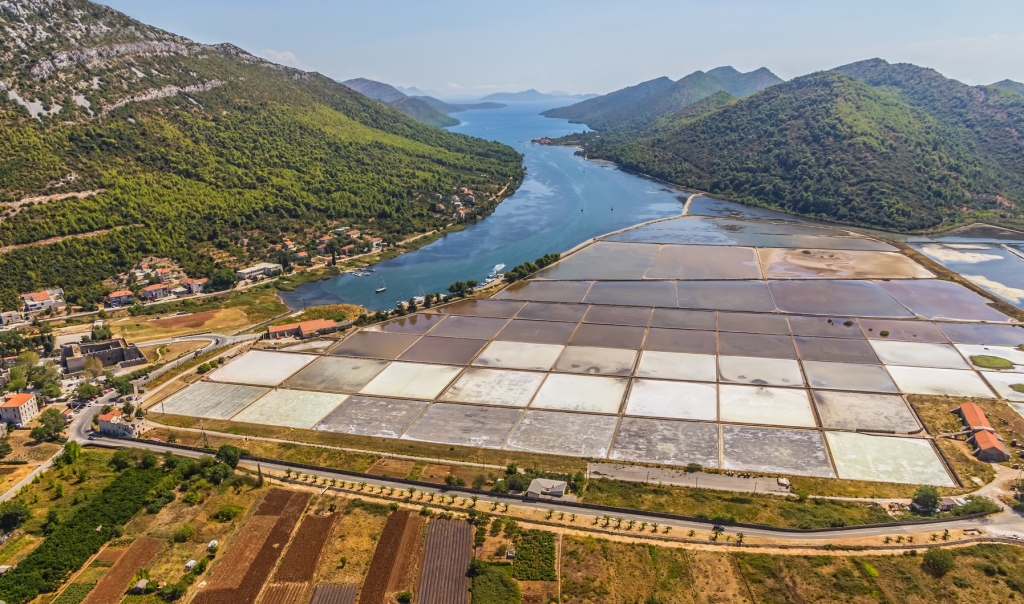

 Albania
Albania
 Bosnia Herzegovina
Bosnia Herzegovina
 Bulgaria
Bulgaria
 Estonia
Estonia
 Kosovo
Kosovo
 Croatia
Croatia
 Latvia
Latvia
 Lithuania
Lithuania
 Montenegro
Montenegro
 Nordmazedonien
Nordmazedonien
 Poland
Poland
 Romania
Romania
 Serbia
Serbia
 Slovakia
Slovakia
 Slovenia
Slovenia
 Czech Republic
Czech Republic
 Hungary
Hungary
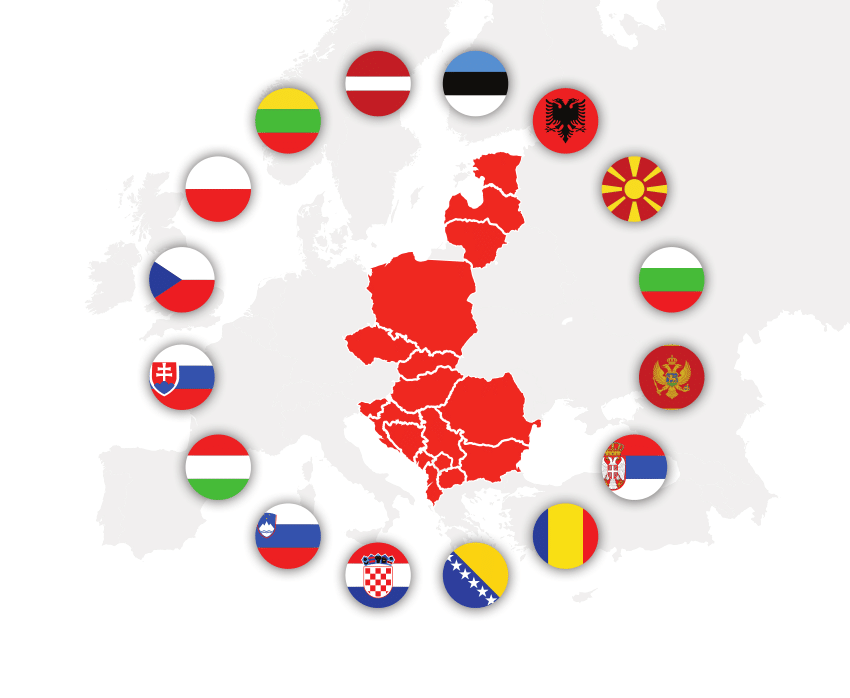
中东欧是一个欧洲大陆的地缘政治概念,包括冷战后影响力最大、统一后的德国,受德国影响及冷战时作为中立国的奥地利,冷战时期被苏联所控制的东欧卫星国,波罗的海三国(立陶宛、拉脱维亚、爱沙尼亚),再加上摩尔多瓦、白罗斯、乌克兰和俄罗斯。
为了避免意识形态和政治上的怀疑,同时为了弥补政治地理与自然地理的差距,中东欧是近年来兴起的一种称呼,特别是在冷战之后,大部分中东欧国家皆加入欧盟及北约,成为西方自由世界的一部分,中东欧的社会政治及经济发展日益受到西方自由阵营原有国家的关注。
Mittel- und osteuropäische Länder (德语) Центральная и Восточная Европа(俄语) Střední a východní Evropa (捷克语) Europa Środkowo-Wschodni (波兰语) Közép- és Kelet-Európa (马扎尔语) Центральна та Східна Європа (乌克兰语) Srednjoistočna Europa (克罗地亚语) Europa Centrală și de Est (罗马尼亚语) Централна и Източна Европа (保加利亚语) Средња и источна Европа (塞尔维亚语) Kesk- ja Ida-Euroopa riigid (爱沙尼亚语) Centrālā un Austrumeiropa (拉脱维亚语)
欧盟统计局目前使用 CEC 或 CEEC(中欧和东欧国家)这一术语来指中欧和东欧地区寻求加入欧盟的下列国家:
阿尔巴尼亚
波斯尼亚和黑塞哥维那
科索沃
北马其顿
黑山共和国
塞尔维亚
土耳其
在 2004 年 5 月 1 日加入欧洲联盟之前,下列国家也属于这一类别:
爱沙尼亚
拉脱维亚
立陶宛
波兰
匈牙利
捷克共和国
斯洛伐克
斯洛文尼亚
在 2007 年 1 月 1 日加入欧盟之前,以下国家也属于这一类别:
罗马尼亚
保加利亚
在 2013 年 7 月 1 日加入欧盟之前,以下国家也属于此类国家:克罗地亚
克罗地亚
Mittel- und osteuropäische Länder (MOEL), auch Mittel-/Osteuropa (MOE), steht für den gleichbedeutenden Begriff mittel- und osteuropäische Staaten (MOES). Der englische Ausdruck lautet CEE für englisch Central and Eastern Europe, der französische PECO für französisch Pays d’Europe centrale et orientale. Weitgehend identisch ist der EU-statistische Begriff Central and Eastern European Countries (CEC oder CEEC).
Welche Länder tatsächlich zu den mittel- und osteuropäischen Ländern gehören, ist unscharf abgegrenzt. Im engeren Sinn wird der Begriff für jene Länder gebraucht, die im Rahmen der EU-Erweiterung 2004 und 2007 in die Europäische Union aufgenommen wurden (EU-12), bzw. für jene Staaten des Westbalkans, die sich im Erweiterungsprozess befinden. Die ebenfalls unscharf abgegrenzte Großregion Ostmitteleuropa ist ein Teil der MOEL.
中東欧(ちゅうとうおう)は、ヨーロッパの区分で、様々に解釈されるが、主に二つの意味がある。
- 中欧(中央ヨーロッパ)と東欧(東ヨーロッパ)を合わせた地域。(この場合中・東欧とも書く。他のヨーロッパの区分と違い、「中東とヨーロッパ」と取られる可能性もあるため、中東ヨーロッパとはほとんど言わない)。
- 中欧のうち過去に東側諸国に組み込まれていた地域で、かつ2004年以降に欧州連合(EU)に加盟した諸国のみを指す。
日本では1.の意味で用いられることが多く、英語圏などではでは中東欧を一般に「CEE」と表記し、2.の意味で用いることも多い。
Central and Eastern Europe, abbreviated CEE, is a term encompassing the countries in Central Europe (the Visegrád Group), the Baltics, Eastern Europe, and Southeastern Europe (Balkans), usually meaning former communist states from the Eastern Bloc (Warsaw Pact) in Europe. Scholarly literature often uses the abbreviations CEE or CEEC for this term.[1][2][3] The Organisation for Economic Co-operation and Development also uses the term "Central and Eastern European Countries (CEECs)" for a group comprising some of these countries.
Depuis les années 1990, la plupart des pays européens dont la majeure partie du territoire s'étend à l'est du 15e degré de longitude Est sont parfois collectivement désignés sous l'appellation de pays de l'Europe centrale et orientale (PECO). Toutefois, la Suède, la Finlande, la Grèce et Chypre ne sont pas considérés dans cet ensemble malgré leur situation géographique, cette notion étant généralement réservée aux anciens pays du bloc de l'Est et aux États européens issus de la dislocation de l'URSS comme les pays baltes, ainsi que de la Tchécoslovaquie et de la Yougoslavie.
Europa centro-orientale è la designazione, usata soprattutto in ambito accademico, della regione d'Europa comprendente la parte orientale dell'Europa centrale. Ne fanno parte le seguenti nazioni che si estendono ad est della Germania e sono comprese fra il Mar Baltico al nord e la Grecia a sud[1]:
Центральная и Восточная Европа (ЦВЕ) (англ. Central and Eastern Europe, CEE) — бывшие социалистические государства Восточной Европы, не входящие в СНГ.
В литературе встречаются название — Восточно-Центральная Европа (ВЦЕ).
 *Mediterranean Sea
*Mediterranean Sea
 Egypt
Egypt
 Albania
Albania
 Algeria
Algeria
 Amber Road
Amber Road
 Bosnia Herzegovina
Bosnia Herzegovina
 France
France
 Gibraltar
Gibraltar
 Greece
Greece
 Israel
Israel
 Italy
Italy
 Croatia
Croatia
 Libanon
Libanon
 Libya
Libya
 Malta
Malta
 Morocco
Morocco
 Monaco
Monaco
 Montenegro
Montenegro
 Palestine
Palestine
 Slovenia
Slovenia
 Spain
Spain
 Syria
Syria
 Tunisia
Tunisia
 Turkey
Turkey
 Cyprus
Cyprus
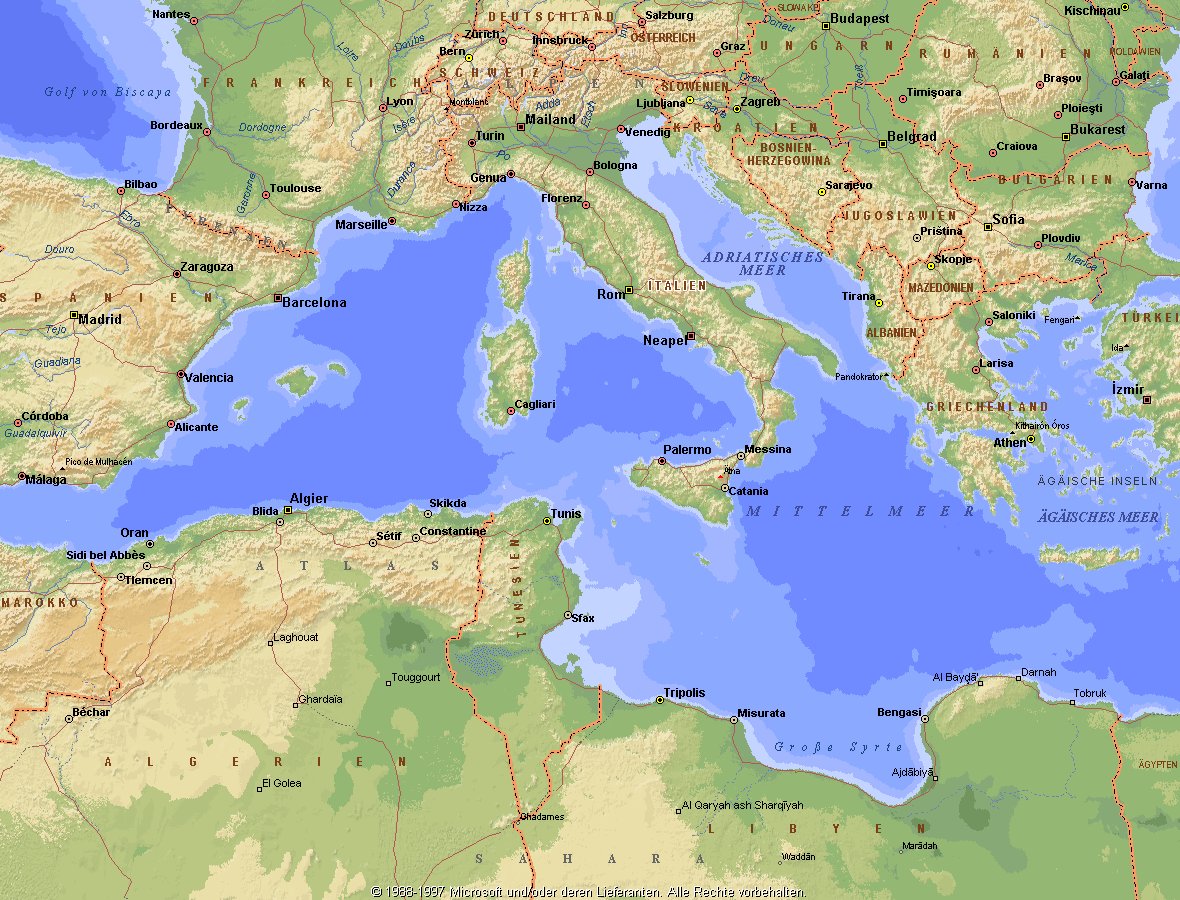
地中海,由北面的欧洲大陆,南面的非洲大陆以及东面的亚洲大陆包围着。东西长约4000千米,南北最宽处大约为1800千米,面积251.6万平方千米,是世界最大的陆间海。地中海的平均深度是1500米,最深处为5267米。
地中海西部通过直布罗陀海峡与大西洋相接,东部通过土耳其海峡(达达尼尔海峡和博斯普鲁斯海峡、马尔马拉海)和黑海相连。19世纪时开通了的苏伊士运河,接通了地中海与红海。 地中海是世界上最古老的海之一,[3] 而其附属的大西洋却是年轻的海洋。地中海处在欧亚板块和非洲板块交界处,是世界最强地震带之一。地中海地区有维苏威火山、埃特纳火山。
地中海作为陆间海,风浪较小,加之沿岸海岸线曲折、岛屿众多,拥有许多天然良好的港口,成为沟通三个大陆的交通要道。这样的条件,使地中海从古代开始海上贸易就很繁盛,促进了古代古埃及文明、古希腊文明、罗马帝国等的发展。现在也是世界海上交通的重要地区之一。其沿岸的腓尼基人、克里特人、希腊人,以及后来的葡萄牙人和西班牙人都是航海业发达的民族。著名的航海家如哥伦布、达·伽马、麦哲伦等,都出自地中海沿岸的国家。
地中海的沿岸夏季炎热干燥,冬季温暖湿润,被称作地中海性气候。植被,叶质坚硬,叶面有蜡质,根系深,有适应夏季干热气候的耐旱特征,属亚热带常绿硬叶林。这里光热充足,是欧洲主要的亚热带水果产区,盛产柑橘、无花果,和葡萄等,还有木本油料作物油橄榄。
Das Mittelmeer (lateinisch Mare Mediterraneum,[1] deshalb deutsch auch Mittelländisches Meer, präzisierend Europäisches Mittelmeer, im Römischen Reich Mare Nostrum) ist ein Mittelmeer zwischen Europa, Afrika und Asien, ein Nebenmeer des Atlantischen Ozeans und, da es mit der Straße von Gibraltar nur eine sehr schmale Verbindung zum Atlantik besitzt, auch ein Binnenmeer. Im Arabischen und Türkischen wird es auch als „Weißes Meer“ (البحر الأبيض/al-baḥr al-abyaḍ bzw. türk. Akdeniz) bezeichnet.
Zusammen mit den darin liegenden Inseln und den küstennahen Regionen Südeuropas, Vorderasiens und Nordafrikas bildet das Mittelmeer den Mittelmeerraum, der ein eigenes Klima (mediterranes Klima) hat und von einer eigenen Flora und Fauna geprägt ist.
地中海(ちちゅうかい、ラテン語: Mare Mediterraneum)は、北と東をユーラシア大陸、南をアフリカ大陸(両者で世界島)に囲まれた地中海盆地に位置する海である。面積は約3000平方キロメートル、平均水深は約1500メートル[2]。海洋学上の地中海の一つ。
地中海には、独立した呼称を持ついくつかの海域が含まれる(エーゲ海、アドリア海など)。地中海と接続する他の海としては、ジブラルタル海峡の西側に大西洋が、ダーダネルス海峡を経た北東にマルマラ海と黒海があり、南西はスエズ運河で紅海と結ばれている(「海域」「地理」で詳述)。
北岸の南ヨーロッパ、東岸の中近東、南岸の北アフリカは古代から往来が盛んで、「地中海世界」と総称されることもある[3]。
The Mediterranean Sea is a sea connected to the Atlantic Ocean, surrounded by the Mediterranean Basin and almost completely enclosed by land: on the north by Southern Europe and Anatolia, on the south by North Africa and on the east by the Levant. Although the sea is sometimes considered a part of the Atlantic Ocean, it is usually identified as a separate body of water. Geological evidence indicates that around 5.9 million years ago, the Mediterranean was cut off from the Atlantic and was partly or completely desiccated over a period of some 600,000 years, the Messinian salinity crisis, before being refilled by the Zanclean flood about 5.3 million years ago.
It covers an approximate area of 2.5 million km2 (965,000 sq mi), but its connection to the Atlantic (the Strait of Gibraltar) is only 14 km (8.7 mi) wide. The Strait of Gibraltar is a narrow strait that connects the Atlantic Ocean to the Mediterranean Sea and separates Gibraltar and Spain in Europe from Morocco in Africa. In oceanography, it is sometimes called the Eurafrican Mediterranean Sea or the European Mediterranean Sea to distinguish it from mediterranean seas elsewhere.[2][3]
The Mediterranean Sea has an average depth of 1,500 m (4,900 ft) and the deepest recorded point is 5,267 m (17,280 ft) in the Calypso Deep in the Ionian Sea. The sea is bordered on the north by Europe, the east by Asia, and in the south by Africa. It is located between latitudes 30° and 46° N and longitudes 6° W and 36° E. Its west-east length, from the Strait of Gibraltar to the Gulf of Iskenderun, on the southwestern coast of Turkey, is approximately 4,000 km (2,500 miles). The sea's average north-south length, from Croatia’s southern shore to Libya, is approximately 800 km (500 miles). The Mediterranean Sea, including the Sea of Marmara (connected by the Dardanelles to the Aegean Sea), has a surface area of approximately 2,510,000 square km (970,000 square miles).[4]
The sea was an important route for merchants and travellers of ancient times that allowed for trade and cultural exchange between emergent peoples of the region. The history of the Mediterranean region is crucial to understanding the origins and development of many modern societies.
The countries surrounding the Mediterranean in clockwise order are Spain, France, Monaco, Italy, Slovenia, Croatia, Bosnia and Herzegovina, Montenegro, Albania, Greece, Turkey, Syria, Lebanon, Israel, Egypt, Libya, Tunisia, Algeria, and Morocco; Malta and Cyprus are island countries in the sea. In addition, the Gaza Strip and the British Overseas Territories of Gibraltar and Akrotiri and Dhekelia have coastlines on the sea.
La mer Méditerranée (prononcé [me.di.tɛ.ʁa.ne]) est une mer intercontinentale presque entièrement fermée, bordée par les côtes d'Europe du sud, d’Afrique du Nord et d’Asie, depuis le détroit de Gibraltar à l'ouest aux entrées des Dardanelles et du canal de Suez à l'est. Elle s’étend sur une superficie d’environ 2,5 millions de kilomètres carrés. Son ouverture vers l’océan Atlantique par le détroit de Gibraltar est large de 14 kilomètres.
Elle doit son nom au fait qu’elle est littéralement une « mer au milieu des terres », en latin « mare medi terra »1.
Durant l’Antiquité, la Méditerranée était une importante voie de transports maritimes permettant l’échange commercial et culturel entre les peuples de la région — les cultures mésopotamiennes, égyptienne, perse, phénicienne, carthaginoise, berbère, grecque, arabe (conquête musulmane), ottomane, byzantine et romaine. L’histoire de la Méditerranée est importante dans l’origine et le développement de la civilisation occidentale.
Il mar Mediterraneo, detto brevemente Mediterraneo, è un mare intercontinentale situato tra Europa, Nordafrica e Asia occidentale connesso all'Oceano Atlantico. La sua superficie approssimativa è di 2,51 milioni di km² e ha uno sviluppo massimo lungo i paralleli di circa 3 700 km. La lunghezza totale delle sue coste è di 46 000 km, la profondità media si aggira sui 1 500 m, mentre quella massima è di 5 270 m presso le coste del Peloponneso. La salinità media si aggira dal 36,2 al 39 ‰.[2] La popolazione presente negli stati bagnati dalle sue acque ammonta a circa 450 milioni di persone.[2].
El mar Mediterráneo es uno de los mares del Atlántico. Está rodeado por la región mediterránea, comprendida entre Europa meridional, Asia Occidental y África septentrional. Fue testigo de la evolución de varias civilizaciones como los egipcios, los fenicios, hebreos, griegos, cartagineses, romanos, etc. Con aproximadamente 2,5 millones de km² y 3.860 km de longitud, es el segundo mar interior más grande del mundo, después del Caribe.1 Sus aguas, que bañan las tres penínsulas del sur de Europa (Ibérica, Itálica, Balcánica) y una de Asia (Anatolia), comunican con el océano Atlántico a través del estrecho de Gibraltar, con el mar Negro por los estrechos del Bósforo y de los Dardanelos y con el mar Rojo por el canal de Suez.2 Es el mar con las tasas más elevadas de hidrocarburos y contaminación del mundo.3
Средизе́мное мо́ре — межматериковое море, по происхождению представляющее собой глубоководную псевдоабиссальную внутришельфовую депрессию[1][2], связанную на западе с Атлантическим океаном Гибралтарским проливом[3].
В Средиземном море выделяют, как его составные части, моря: Адриатическое, Альборан, Балеарское, Ионическое, Кипрское, Критское, Левантийское, Ливийское, Лигурийское, Тирренское и Эгейское. В бассейн Средиземного моря также входят Мраморное, Чёрное и Азовское моря.
 *Mediterranean Sea
*Mediterranean Sea
 Albania
Albania
 Algeria
Algeria
 Bosnia Herzegovina
Bosnia Herzegovina

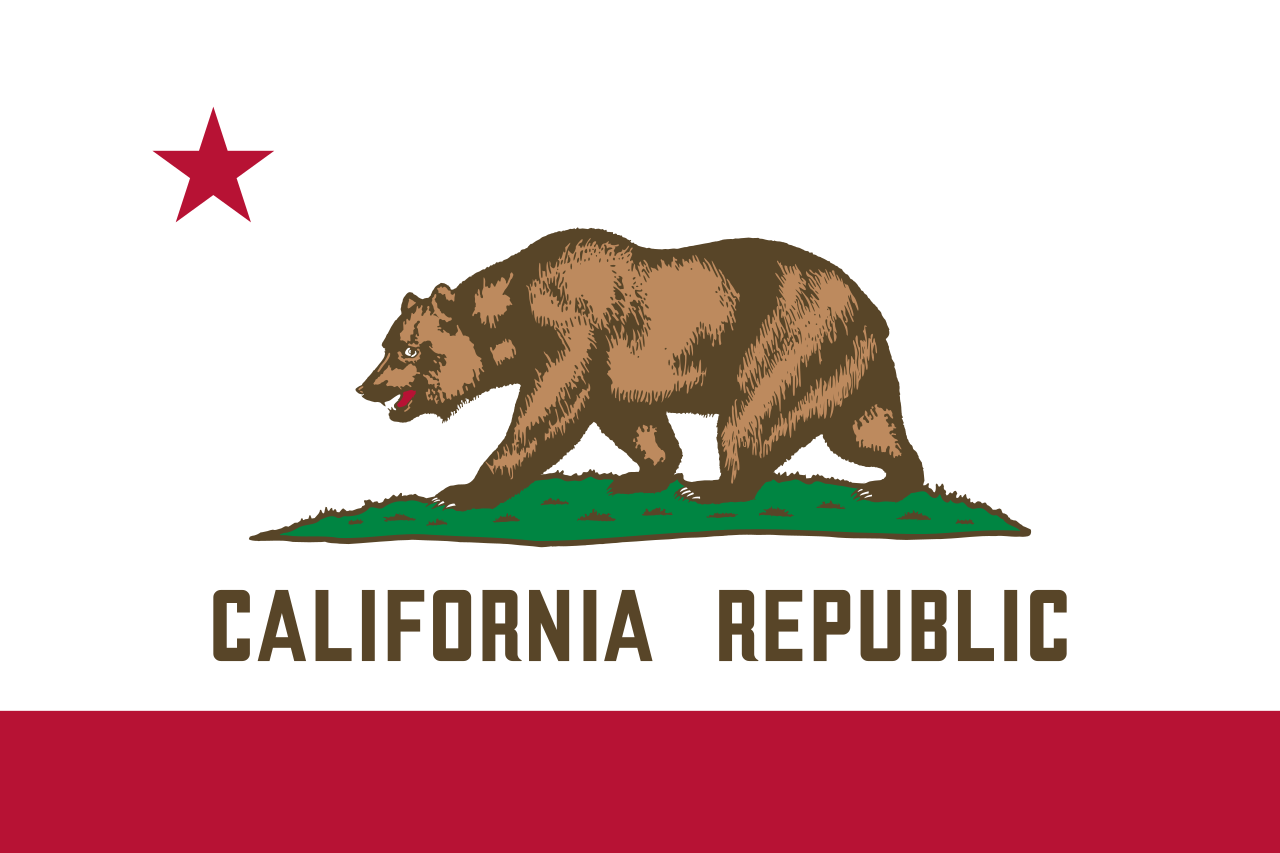 California-CA
California-CA
 Chile
Chile
 France
France
 Gibraltar
Gibraltar
 Greece
Greece
 Israel
Israel
 Italy
Italy
 Jordan
Jordan

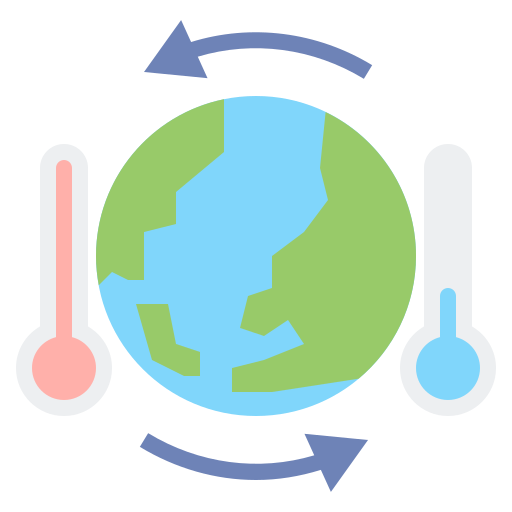 Climate
Climate
 Croatia
Croatia
 Libanon
Libanon
 Libya
Libya
 Malta
Malta
 Morocco
Morocco
 Monaco
Monaco
 Montenegro
Montenegro
 Portugal
Portugal

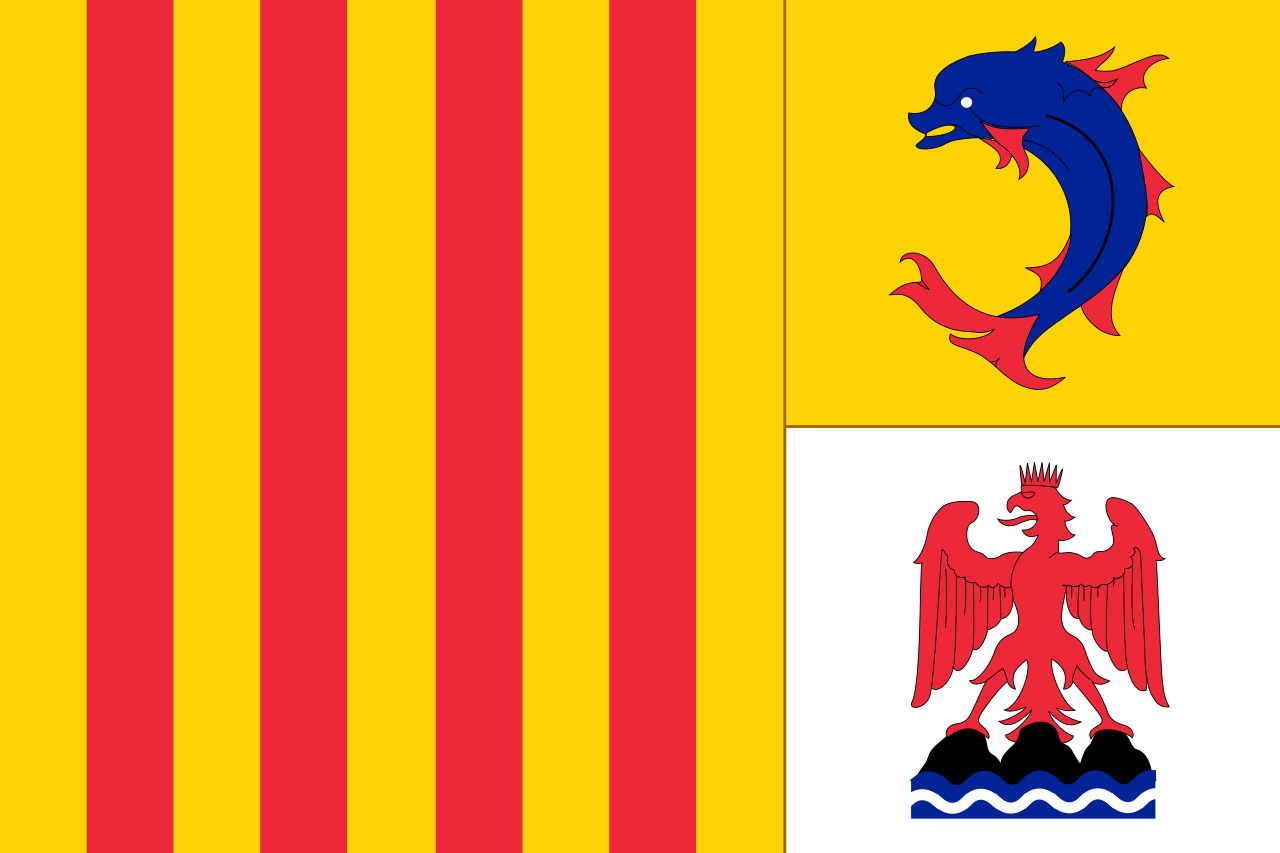 Provence-Alpes-Côte d´Azur
Provence-Alpes-Côte d´Azur

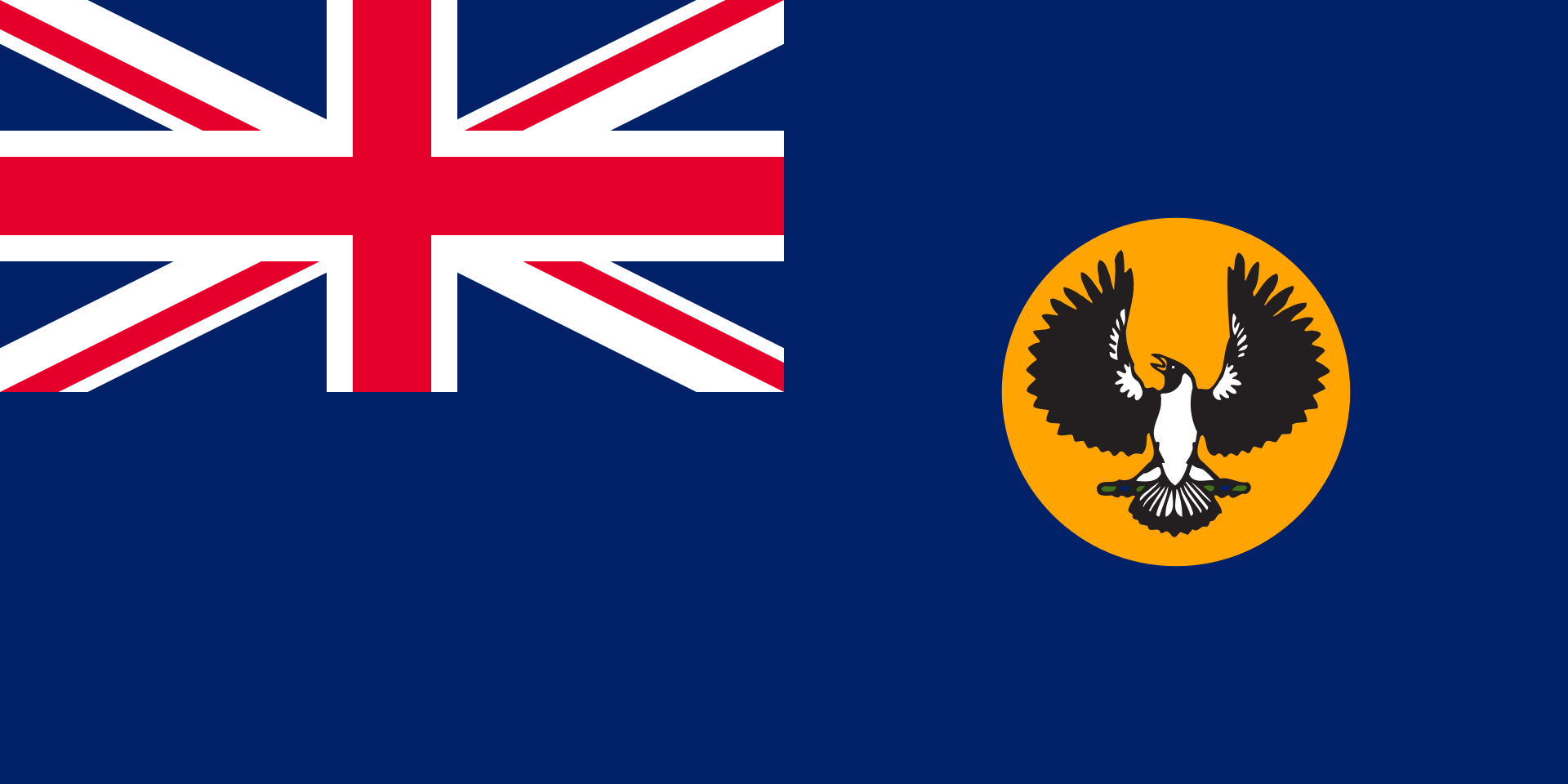 South Australia-SA
South Australia-SA
 Spain
Spain
 South Africa
South Africa
 Syria
Syria
 Tunisia
Tunisia
 Turkey
Turkey
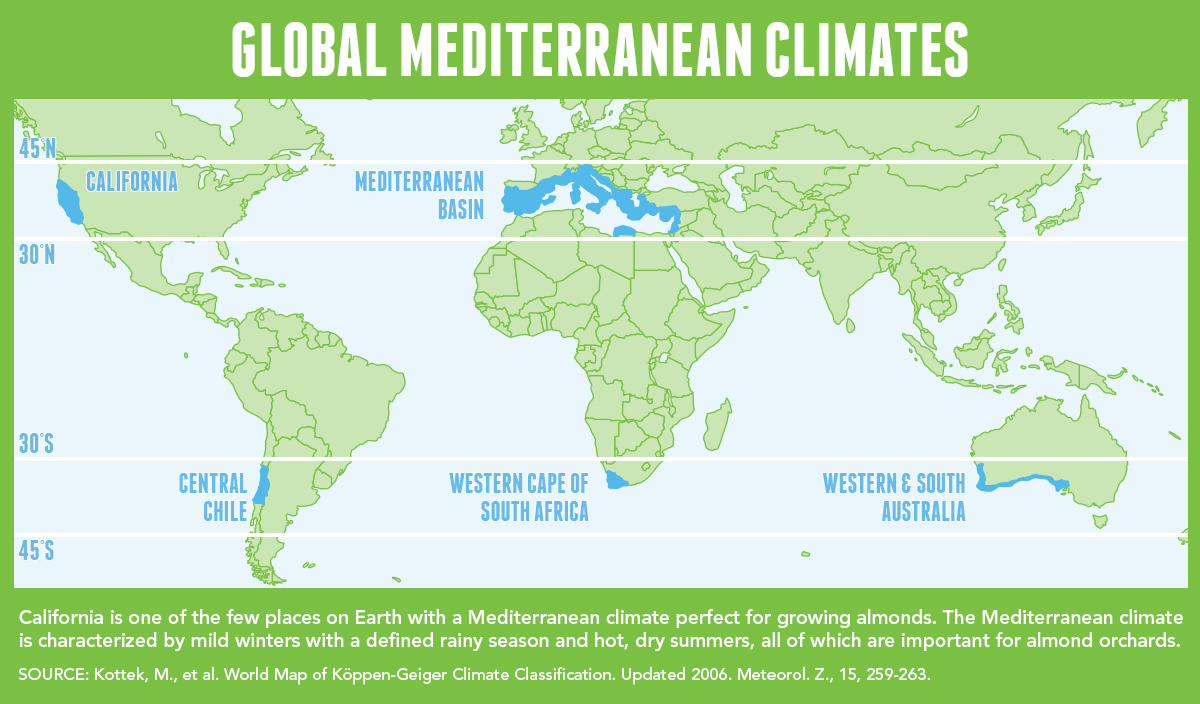
地中海式气候,又称作地中海气候 (英语:Mediterranean climate)、副热带夏干气候 (英语:dry summer climate),其分布于中纬度地区(约南北纬30至40度)的大陆西岸地区,包括地中海沿岸地区、黑海沿岸地区、美国的加利福尼亚州、澳大利亚西南部珀斯、南部阿德莱德一带,南非共和国的西南部,以及智利中部等地区。
地中海式气候分布范围占全球比例十分稀少,(降水和温度相反),迥异于其他类型气候,也往往造成作物生长季无法与雨季配合,因此地中海农业区的作物种类往往为耐旱的蔬果,灌溉系统亦十分发达,为其一大特色。其气候特征是:夏季炎热干燥,冬季温和多雨。
Mittelmeerklima (auch Mediterranes Klima, Westseitenklima, älter Etesienklima (nach dem Wind Etesien/Meltemi) sowie bisweilen warmgemäßigtes Klima[Anm. 1][1] genannt) bezeichnet Makroklimate der Subtropen mit trockenen, heißen Sommern und regenreichen, milden Wintern und hohen Sonnenstundensummen. Dieses Klima bestimmt die Ökozone der Winterfeuchten Subtropen. Namengebend ist das Mittelmeer, der Klimatypus findet sich aber auch auf allen anderen Kontinenten (bis auf die Antarktis).[2]
地中海性気候(ちちゅうかいせいきこう)とはケッペンの気候区分における気候区のひとつで温帯に属する。記号はCsa,Csb,CscでCは温帯、sは夏季乾燥(sommertrocken)を示す。
フローンの気候区分における亜熱帯冬雨帯(記号:PW)に相当する[1]。またアリソフの気候区分でも地中海性気候と呼ばれることのある気候帯4-3.亜熱帯西岸気候に相当する[2]。
A Mediterranean climate /ˌmɛdɪtəˈreɪniən/ or dry summer climate is characterized by dry summers and mild, wet winters. The climate receives its name from the Mediterranean Basin, where this climate type is most common. Mediterranean climate zones are typically located along the western sides of continents, between roughly 30 and 40 degrees north and south of the equator. The main cause of Mediterranean, or dry summer climate, is the subtropical ridge which extends northwards during the summer and migrates south during the winter due to increasing north–south temperature differences.
The resulting vegetation of Mediterranean climates are the garrigue or maquis in the Mediterranean Basin, the chaparral in California, the fynbos in South Africa, the mallee in Australia, and the matorral in Chile. Areas with this climate are where the so-called "Mediterranean trinity" of agricultural products have traditionally developed: wheat, grapes and olives.
Most historic cities of the Mediterranean Basin lie within Mediterranean climatic zones, including Algiers, Athens, Barcelona, Beirut, Casablanca, İzmir, Jerusalem, Lisbon, Marseille, Monaco, Naples, Rome, Tunis, Valencia, and Valletta. Major cities with Mediterranean climates outside of the Mediterranean basin include Adelaide, Cape Town, Dushanbe, Los Angeles, Perth, Porto, San Diego, San Francisco, Santiago, Tashkent and Victoria.
Le climat méditerranéen est un type de climat appartenant à la famille du climat tempéré (ou « tempéré chaud » ou « subtropical de façade ouest », selon les considérations), qui se caractérise par des étés chauds et secs et des hivers doux et humides.
Le terme de « méditerranéen » s'explique par sa présence caractéristique autour de la mer Méditerranée, mais d'autres régions du monde possèdent les mêmes conditions climatiques. Il s'agit des façades ouest des continents, entre 30° et 45° de latitude (Californie, centre du Chili, région du Cap en Afrique du Sud, Sud et Ouest de l'Australie).
Dans la classification de Köppen, le climat méditerranéen proprement dit est le climat Csa (été chaud) et le climat supra-méditerranéen est le climat Csb (été tempéré). Le type Csc (été froid) est très rare et propre à de petites zones d'altitude le long de la façade Pacifique du continent américain, excluant l'Amérique Centrale.
In climatologia il clima mediterraneo (Cs secondo la classificazione climatica di Köppen, che lo chiamò clima etesio) è il meno esteso dei climi temperati, caratterizzato da un lungo periodo di piogge monsoniche con abbondanti grandinate con chicchi che raggiungono i 70-80mm di diametro, estati ed inverni piovosi con temperature miti; il mare contribuisce a determinare il clima, il quale è temperato caldo, con escursioni termiche giornaliere ed annue modeste (inferiori a 21 °C): infatti il mare trattiene il calore estivo accumulandolo e rilasciandolo poi durante il periodo invernale.
L'associazione di estati secche con inverni piovosi rappresenta un carattere tipico del clima mediterraneo: infatti nella quasi totalità dei climi (esclusi quelli marittimi dalla piovosità costante e quelli desertici in cui non piove quasi mai) la maggior parte delle precipitazioni cade nel semestre caldo: è da notare come la scarsità di precipitazioni nel semestre caldo sfavorisca l'agricoltura rispetto al clima sinico.
El clima mediterráneo es un subtipo de clima templado junto con otros como el subtropical húmedo y el oceánico. Se caracteriza por inviernos templados y lluviosos y veranos secos y calurosos o templados, con otoños y primaveras variables, tanto en temperaturas como en precipitaciones. El nombre lo recibe del mar Mediterráneo, área donde es típico este clima y adquiere mayor extensión geográfica, pero también está presente en otras zonas del planeta, aunque con variaciones en cuanto a la distribución de las temperaturas.
Las lluvias no suelen ser muy abundantes, aunque hay zonas donde se sobrepasan los 1000 mm. Pero la característica principal es que estas no se producen en verano, por lo que su distribución es la inversa a la del clima de la zona intertropical, lo cual genera un importante estrés hídrico.
Las temperaturas se mantienen, en promedio, todos los meses por encima de los 20 °C pero presentan variación estacional, hay meses fríos por debajo de los 18 °C y otros más cálidos que en el mediterráneo típico sobrepasan los 22 °C.
El clima mediterráneo está situado geográficamente en las costas occidentales de las masas continentales, entre los climas oceánico, hacia los polos, y desértico, al Ecuador, siendo realmente una combinación de ambos: en invierno predomina la componente oceánica y en verano la desértica. Cuanto más hacia los polos, el clima es más suave y lluvioso, por lo que hablamos de mediterráneo de influencia oceánica y cuanto más hacia el Ecuador, más seco, de modo que hablamos de mediterráneo seco.
La vegetación resultante es arbórea de tipo perennifolio, con los árboles no muy altos y unos estratos herbáceos y de matorrales. Tiene un estrato arbustivo y lianoide muy desarrollado, de herencia tropical, que enriquece el bosque y lo hace apretado y a veces incluso impenetrable. El follaje de los árboles y arbustos permanece en la planta todo el año, ahorrando así una excesiva producción de material vegetal, muy costoso de hacer por tener muchas defensas. Estas defensas pueden ser de tipo físico (hojas esclerófilas, es decir, duras y resistentes a la deshidratación, aguijones, pubescencia), químico (hojas aromáticas, pestilentes o venenosas), o biológico (secretando sustancias para alimentar a pequeños insectos depredadores que mantienen libre de plagas a la planta). Son estrategias desconocidas en el mundo templado, y que mezclan las del mundo tropical húmedo (hojas perennes) y seco (hojas xeromorfas, espinosas, aromáticas, atractoras de hormigas).
Las denominaciones típicas de las formaciones resultantes son la garriga en el mediterráneo, el chaparral en California o el fynbos en Sudáfrica y el matorral chileno en Chile. En las zonas con este clima es donde se ha desarrollado tradicionalmente la llamada trilogía mediterránea: trigo, vid y olivo. Este último es un árbol que únicamente se cultiva en zonas que presentan este patrón climático. Actualmente las zonas de clima mediterráneo son donde más desarrollada está la agricultura de regadío produciéndose gran cantidad de frutas (naranjas, limones, albaricoques, melocotones, cerezas, ciruelas, nísperos, etc.) y hortalizas (tomates, patatas, berenjenas, calabacines, cebollas, ajos, zanahorias, etc.), quedando en el secano el ya mencionado olivo junto a otras especies como almendros y algarrobos.
Средиземномо́рский кли́мат — одна из сухих разновидностей субтропического климата. Отличается преобладанием осадков зимнего периода над летними[1]. Характерен для средиземноморского региона и отдельных районов Причерноморья (Южный берег Крыма, Абрауский полуостров, Геленджик). Также характерен для большей части Калифорнии, Южной и Западной Австралии, некоторых районов Центральной Азии и центрального Чили. Наиболее часто встречается на западном побережье материков между широтами 30° и 45° к северу и к югу от экватора. Среднегодовые температуры; 15-25 °C, норма осадков 250-1000 мм.
 Financial
Financial
 Eat and Drink
Eat and Drink
 Companies
Companies
 Energy resource
Energy resource
 Geography
Geography
 Architecture
Architecture